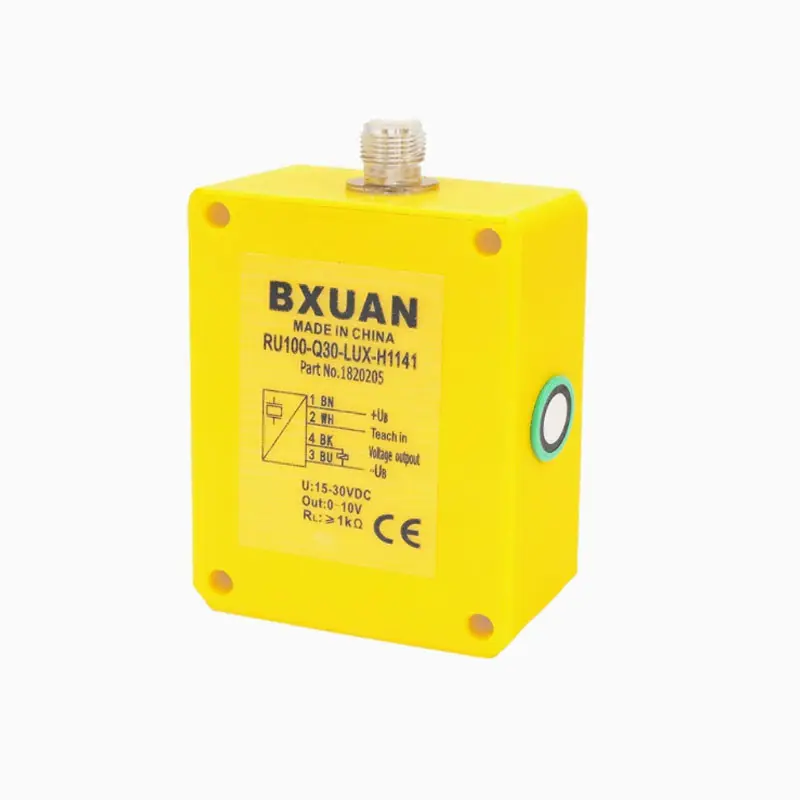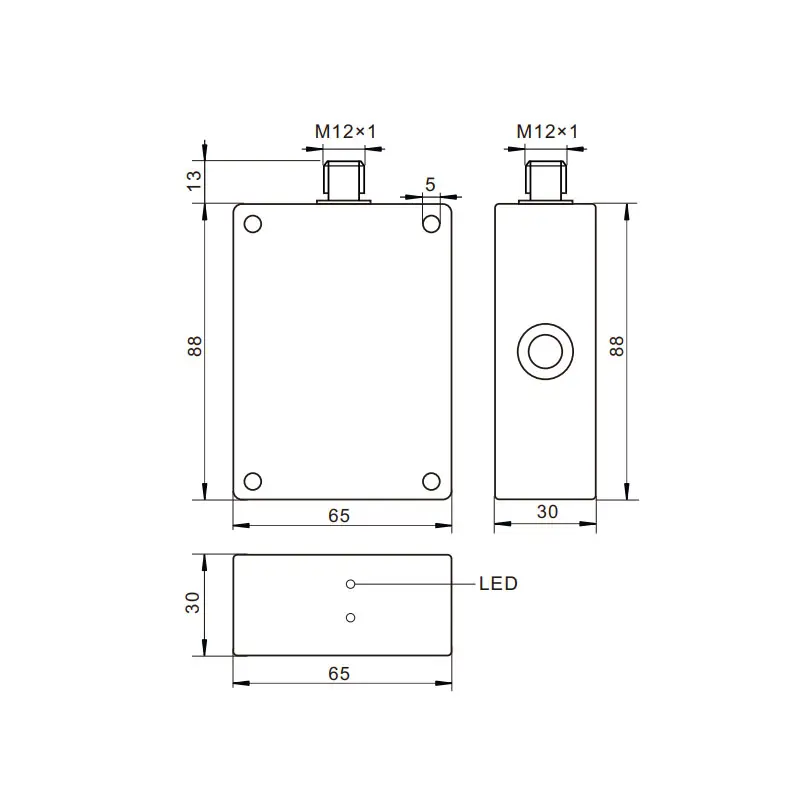Ultrasonic proximity sensors offer numerous compelling advantages that make them indispensable in various applications. First, their non-contact measurement capability ensures zero wear and tear on the sensor while protecting delicate target surfaces. These sensors excel in challenging environments where other sensing technologies struggle, maintaining reliable performance in dusty, humid, or poorly lit conditions. Their ability to detect any material, regardless of color, transparency, or surface texture, provides unmatched versatility. The sensors deliver precise distance measurements in real-time, with many models offering accuracy down to millimeters. Another significant advantage is their immunity to ambient light interference, making them equally effective in bright daylight or complete darkness. The sensors' wide detection range, typically from a few centimeters to several meters, allows for flexible installation options. Their simple setup and maintenance requirements reduce operational costs, while their solid-state construction ensures long-term reliability. Many modern ultrasonic sensors feature adjustable sensitivity and programmable outputs, enabling customization for specific applications. Their ability to work in harsh industrial environments, combined with resistance to various chemicals and cleaning agents, makes them highly durable. The technology's inherent safety features, including overload protection and short-circuit protection, ensure reliable operation while minimizing maintenance requirements.


